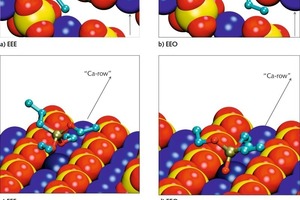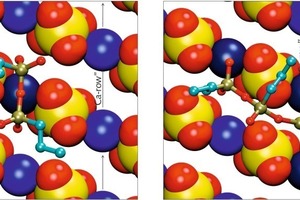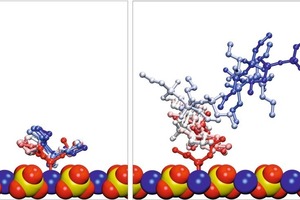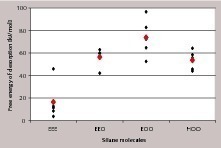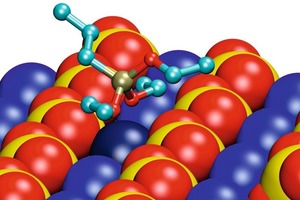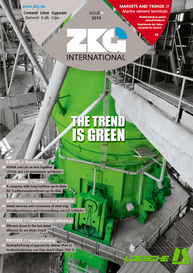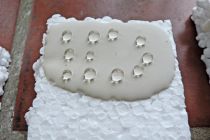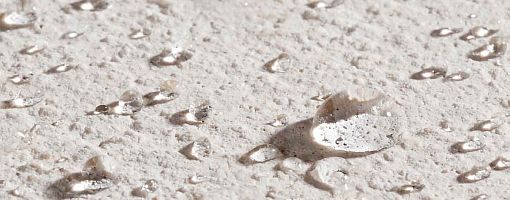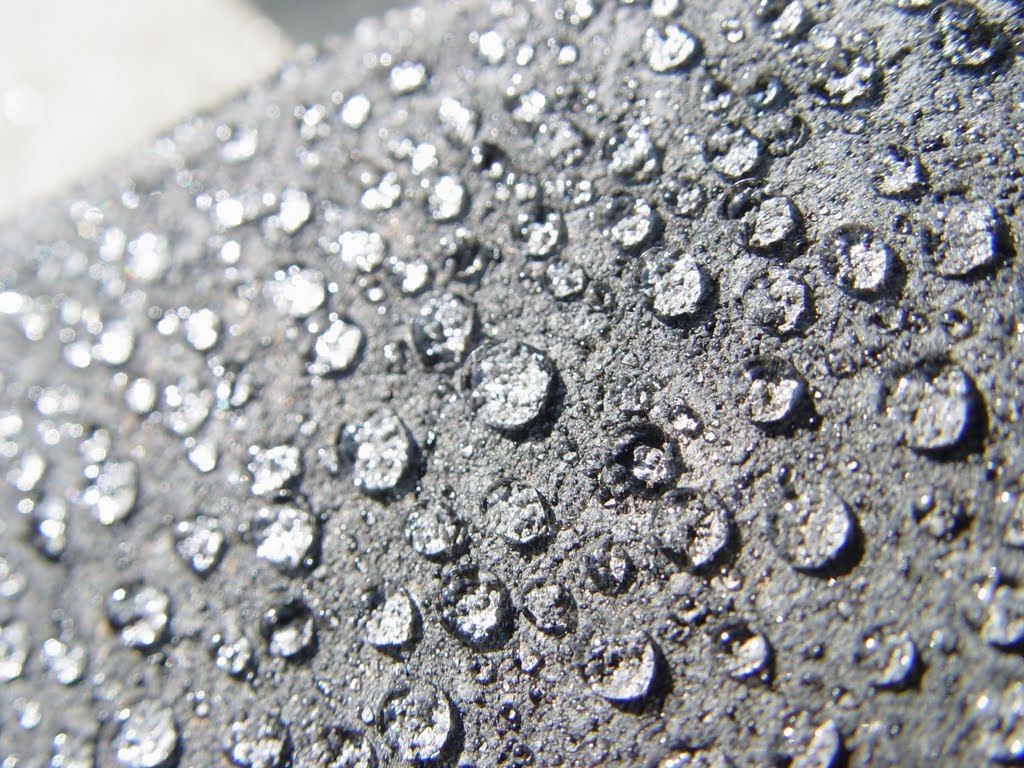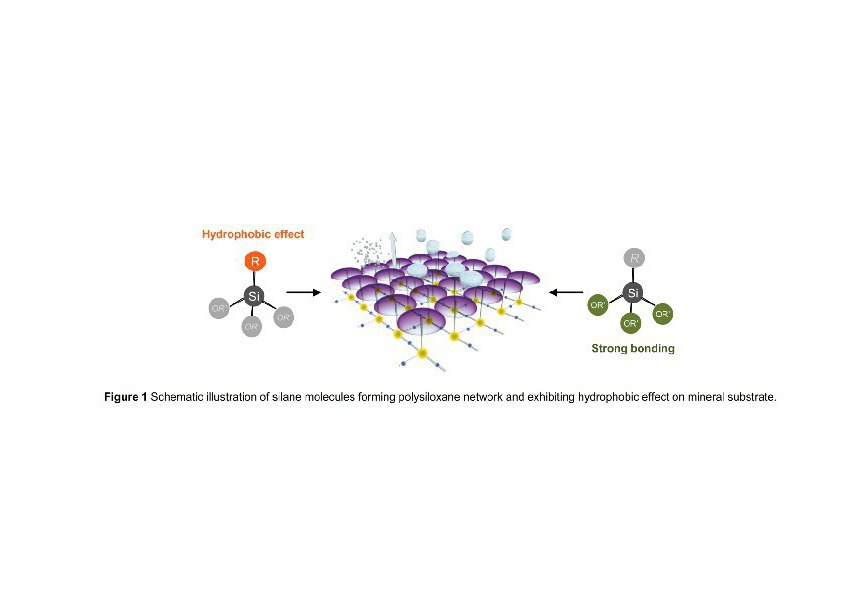Hydrophobizing of gypsum by silanes (Part 2)
The effectiveness of silanes as known water repellents for gypsum building materials had been the topic of the experimental studies on the example of propyltriethoxysilane in Part 1 of this article (ZKG 7-8/2013, pp. 72-78). Part 2 considers the involved processes on a molecular level, using molecular dynamic simulations. The results are interpreted together with the findings of Part 1 to obtain an understanding of the working mechanism of the hydrophobizing effect of silanes, especially alkyltriethoxysilanes, using the example of propyltriethoxysilane.
The simulations were based on the assumption that the silane molecules adsorb on the gypsum surface to achieve the hydrophobizing effect. The adsorption/desorption processes were...

